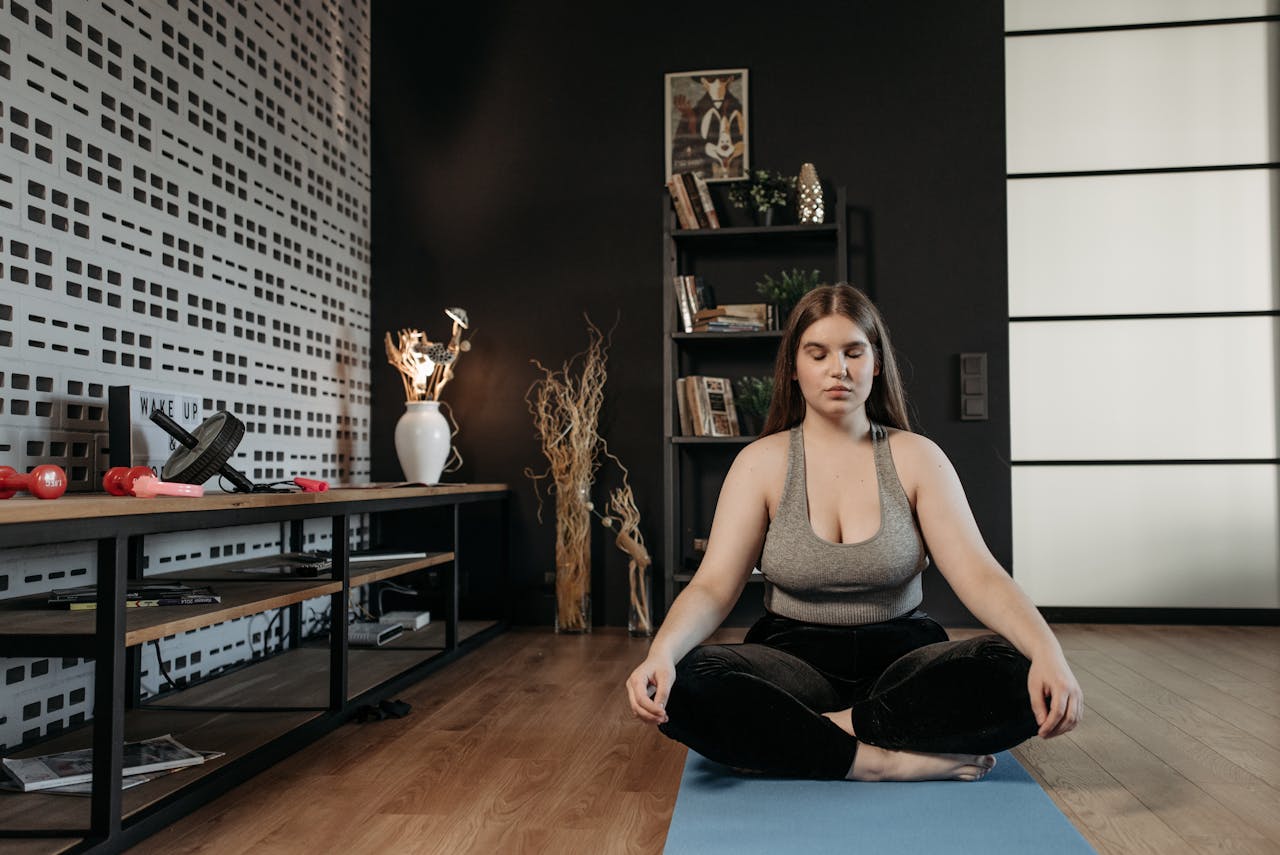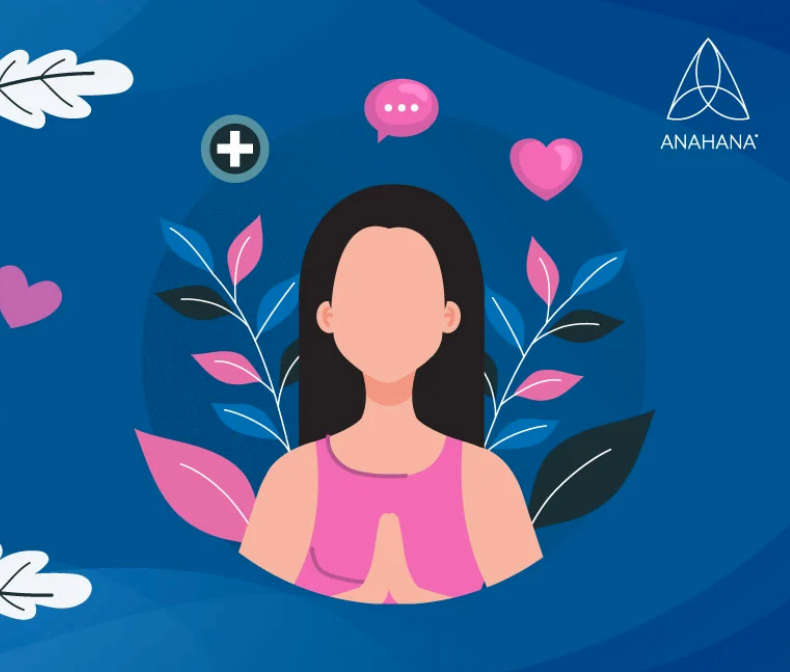
Table of Contents
Learn how to meditate with practical insights and a straightforward guide. This article provides step-by-step instructions for beginners, offering techniques to cultivate mindfulness and inner peace. Elevate your well-being through the transformative practice of meditation.
How to Meditate
How to meditate? This is one of the first questions students google or ask meditation teachers when considering introducing meditation into their lives. Meditation exercises can range from a few moments of basic breath meditation to formal meditation sessions.
The truth is there are limitless opportunities for meditation, from walking to basic breathing or guided meditation, and we would be very mistaken to say there is one right way to meditate!
What is Meditation?
Meditation is a practice where an individual uses a technique, such as mindfulness, to train attention and awareness and achieve a mentally clear and emotionally calm state.
Meditation has been practiced for thousands of years worldwide and is integral to many different religions and spiritual traditions.
While once considered a purely spiritual or esoteric practice, today, science has shown that it goes far beyond a mystical experience and has profound benefits for health and nearly every facet of life. For some people, a meditation session is essential to maintain balance with a stressful, busy lifestyle.
Why Meditate?
To effectively know how to meditate, knowing specifically why you want to meditate is helpful. There are many reasons why people participate in meditation practice.
Some people meditate to relax and de-stress, while others use it to focus and increase productivity. Meditation has also shown various health benefits, such as reducing stress, anxiety, and pain.
Here are the top benefits of meditation practice:
-
Reduced Stress Levels: Meditation has been shown to lower the body’s stress response, reducing stress levels.
-
Anxiety Relief: Meditation can help to calm and focus the mind, which can provide relief from anxiety and worry.
-
Pain Reduction: Meditation has been shown to reduce pain by distracting and focusing on the breath.
-
Boost Energy Levels: Meditation can also help to increase energy levels by improving focus and concentration.
-
Improved Sleep: Meditation practice helps to improve sleep quality and quantity.
-
Better Well-being: Meditation increases positive emotional responses and overall life satisfaction levels.
-
Stronger Immune System: Meditation has been shown to boost the immune system by reducing stress levels. The immune system's response to meditation practice is similar to that of the body’s response to relaxation and laughter.
Types of Meditation Practice
One thing to consider is the difference between internal and external awareness in meditation.
Internal awareness involves paying attention to one's thoughts, emotions, bodily sensations, and mental processes, while external awareness involves being aware of the environment, sensory experiences, and external stimuli.
Both types of awareness are valuable and can complement each other in meditation practice.
Internal awareness helps individuals understand their inner experiences and cultivate self-awareness, emotional regulation, and introspective insight. If you struggle with that, it may be most beneficial to you.
Conversely, external awareness can help individuals stay grounded in the present moment, reduce rumination, and cultivate a sense of connection to the world around them. For some people, that is an easier place to start.
Dr. Dan Siegel, a clinical professor of psychiatry at the UCLA School of Medicine, has extensively researched and written about meditation from a neuroscience perspective.
He describes the concept of "MAPs" (Mindsight-based Awareness Practices), which encompass three general types of meditation practices aimed at cultivating the ability to perceive and understand one's mind and the minds of others, promoting greater self-awareness, empathy, and improved relationships.
The three types of MAPs are:
-
Focused Attention Practices: These practices involve directing attention to a specific object, such as the breath, a mantra, or a visual image. Focused attention practices help train sustained attention and cultivate concentration, foundational skills for a healthy mind.
-
Open Awareness Practices: This involves expanding awareness to include all sensory experiences, thoughts, emotions, and bodily sensations without judgment. It promotes non-reactive awareness and acceptance of whatever arises in the present moment and fosters greater insight into the workings of the mind, which can be empowering.
-
Kind Intention Practices: Kind intent practices involve cultivating attitudes of kindness, along with compassion, and goodwill toward oneself and others. These practices may include loving-kindness meditation, compassion meditation, or other techniques to generate positive emotions and foster a sense of connection and empathy with others.
Siegel suggests that incorporating all three types of MAPs into one's meditation practice, even just a few minutes of each, can promote holistic development of the mind and lead to greater emotional resilience, compassion, and well-being.
Meditation Tools, Techniques, and Practices
Before getting into the specific, practical tools that answer how to meditate, it's essential to unpack the top meditation practices suitable for beginners and more advanced practitioners.
These practices may use a meditation cushion, a specific meditation space, or simple free guided meditations.
-
Mindfulness Meditation: This technique involves focusing on the present moment and being aware of your thoughts and feelings without judging them. Anyone can practice basic mindfulness meditation, and it doesn’t require special equipment or training.
-
Transcendental Meditation: This mantra-based meditation technique is said to be easy to learn and practice. Sometimes addressed as a spiritual practice, transcendental meditation involves repeatedly using a mantra, word, or phrase to focus your attention and help you achieve a state of deep relaxation and access to higher consciousness.
-
Loving-kindness Meditation: Loving kindness practice involves cultivating compassion and kindness towards yourself and others, usually by repeating positive, beneficial phrases.
-
Progressive Relaxation: This technique involves slowly tensing and relaxing different muscle groups to help you relax. The main idea behind a relaxation meditation is to focus on the sensation of physical release to help let go of other thoughts.
-
Movement Meditation: This meditation can involve walking, Tai Chi, or yoga. The aim is to focus on your body and the sensations you feel while moving.
Other meditation traditions and styles include Vipassana, Kirtan, Tibetan Buddhist meditation, walking meditation, and body scan meditation.
How do you Start Meditating as a Beginner?
If you’re new to meditation, starting a practice can be overwhelming. There are so many different techniques and styles of meditation that it’s hard to know where to begin.
First, define the reason and purpose why you want to start meditation. It can be mental health, physical health, emotional well-being, or anything else you want to achieve through meditation.
Then, set realistic expectations for your practice. Beginners meditation is a process, and it takes time to see results. Be patient and be kind to yourself as you start your journey. Your journey is limitless, with never-ending progress, so it's important to let it flow.
Now that you know why and have set your intention, it’s time to start exploring different meditation techniques. As a beginner, we recommend trying several styles to see what works best and sticking to your most preferred meditation habit.
Basic Steps to Meditation Practices
-
Choose a comfortable place to sit or lie down. You can also meditate in a chair with your feet flat. Make sure your spine is straight and your body is relaxed.
-
Close your eyes and take a few deep breaths. Focus on your breath and how it feels as you inhale and exhale. There are many qualities of breathing you can pay attention to, such as the temperature of the air, the flow through the nostrils and throat, and the change in pressure and relaxation in the torso as it expands from the breath coming in and then releases with the breath moving out.
-
Allow your thoughts to come and go without judging or being attached to them. If you get distracted, bring your attention back to your breath. Start with a few minutes of meditation and gradually increase the time as you feel comfortable. Remember, there is no “right” way to meditate.
Best Meditation Practices for a Beginner

Mindfulness Meditation
Mindfulness meditation is a form of mindfulness that can be done at any moment, whether you are sitting, walking, eating, or even showering.
The difference between mindfulness meditation and other styles of meditation is that it does not require you to focus on anything in particular. You bring attention to the present moment and observe your thoughts, emotions, and sensations without judgment.
If you get distracted or your mind wanders, bring your attention back to the now.
Mindfulness meditation can be done anytime, but we recommend starting from five to ten minutes and working up to fifteen or thirty minutes. For some people, starting first thing in the morning is the easiest way to practice when the mind is calmer, and it is easier to incorporate it into a routine.
Walking Meditation
Walking meditation is a moving mindfulness meditation that can be done anywhere, anytime.
All you need to do is focus on your feet and body and how they feel as you walk. It’s helpful to slow down a bit and be intentional with each step.
Notice the sensation of your feet touching the ground and the movement of your legs. It can be done during your morning stroll, a weekend walk, or a lunch break – all you need for walking meditation is your two feet on the ground.
Walking meditation is a great way to bring mindfulness into your everyday life. It's easy to do and requires no special equipment or training. Plus, it has many benefits for your mental and physical health. Walking in nature can amplify the health benefits and be especially soothing.
References
https://www.nhs.uk/every-mind-matters/mental-wellbeing-tips/how-to-meditate-for-beginners/
https://health.clevelandclinic.org/how-to-meditate-and-top-benefits
https://www.ncbi.nlm.nih.gov/pmc/articles/PMC4895748/
https://www.ncbi.nlm.nih.gov/pmc/articles/PMC4142584/
Disclaimer
The contents of this article are provided for informational purposes only and are not intended to substitute for professional medical advice, diagnosis, or treatment. It is always recommended to consult with a qualified healthcare provider before making any health-related changes or if you have any questions or concerns about your health. Anahana is not liable for any errors, omissions, or consequences that may occur from using the information provided.

By: Meriah McCauley
Meriah McCauley is a leading voice in holistic healing, known across North America for her expertise in chakra balancing, spiritual alignment, and energy-based wellness. Her work bridges the art and science of mind-body healing, shaped through years of study, practice, and mentorship. Meriah deepened her understanding of spiritual anatomy and the chakra system under the guidance of her guru, Dr. Don Stapleton, during her immersive training in Costa Rica. She later earned her Master’s degree in Psychology from Columbia University, specializing in Spirituality and the Mind–Body connection, which continues to influence her integrative approach. Today, she supports individuals and practitioners through coaching, yoga teacher trainings, chakra-focused education, and Holotropic Breathwork for personal transformation. Meriah is dedicated to helping others develop emotional clarity, energetic balance, and spiritual resilience—and she remains committed to guiding anyone seeking a deeper, more meaningful connection with themselves.